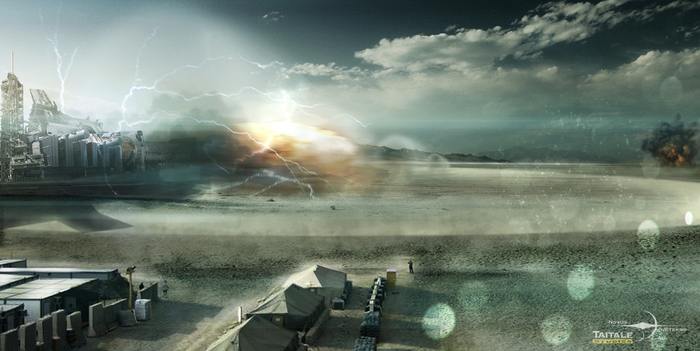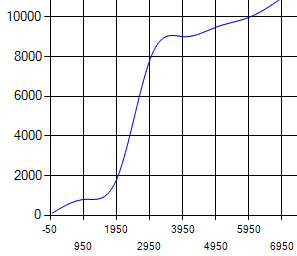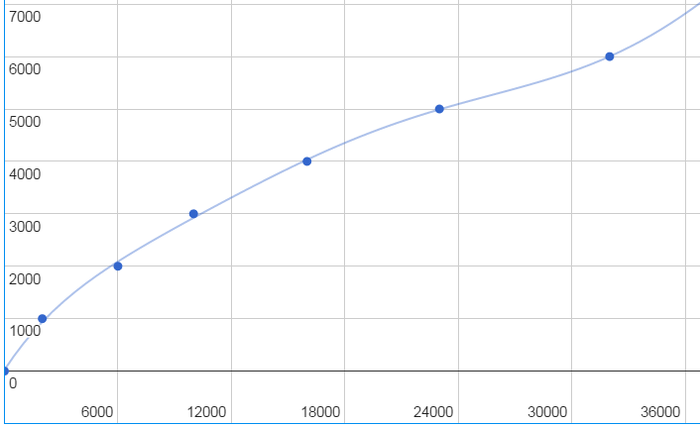Hello everyone. This past week, we received many great ideas and found out what people wanted to see in game the most. If you missed that click the link below to add to the conversation:
http://forum.novusaeterno.com/viewtopic.php?f=9&t=13390
This week we have increased the networks throughput by 300%. While the network is not the bulk of the servers processing, everything has to pass through it whether its planet interactions or combat. This means everything across the board will be slightly faster.

Some of our infiltrators may remember the knockback that occurred when a unit died. We are revamping that system and adding exciting changes.
Everything you equip on a unit, from engines and shields and weapons to the supplies in your bays will have an amount of volatility associated with them. When a unit is destroyed, its total volatility will be calculated. Total volatility will affect knockback distance, shockwave radius, and damage to units caught in the shockwave. Additionally, distance from the exploding unit will reduce knockback distance and damage.
A human dreadnought is considered 1000 units long. Ship volatility will be 1000-7000, space station volatility will be 8000+. (These numbers will probably change)
The following graph shows volatility on the Y-axis and shockwave distance on the X-axis:

The following graph shows volatility on the Y-axis and damage a exploding ship can do on the X-axis:

The following graph shows volatility on the Y-axis and damage a exploding space station can do on the X-axis:

Any corvettes near a exploding dreadnought will probably not survive and other classes of ships will be heavily damaged. Any unit caught near a space station will be obliterated except for dreadnoughts and capital ships.
Certain components and supplies may have a special volatility type; they still count towards the total volatility of the ship, but they can apply special attributes of both the shockwave and the area in the shockwave afterwards.
These special volatility types will be totaled up as well when a unit explodes. The higher a special volatility amount the longer it will stay in the area and the stronger its effect will be.
Electrical volatility may cause loss of control, discharging of components, wrong targeting and component damage for electrical based ships and components.
Plasma volatility will cause affected units to take damage over time which will persist shortly even after leaving the area.
Acidic volatility will permanently reduce a units armor over time. It will either have to wear off or be cleaned. Armor will be repairable only from a planets shipyard.
Nuclear volatility may cause units to be incapable of moving or attacking.
